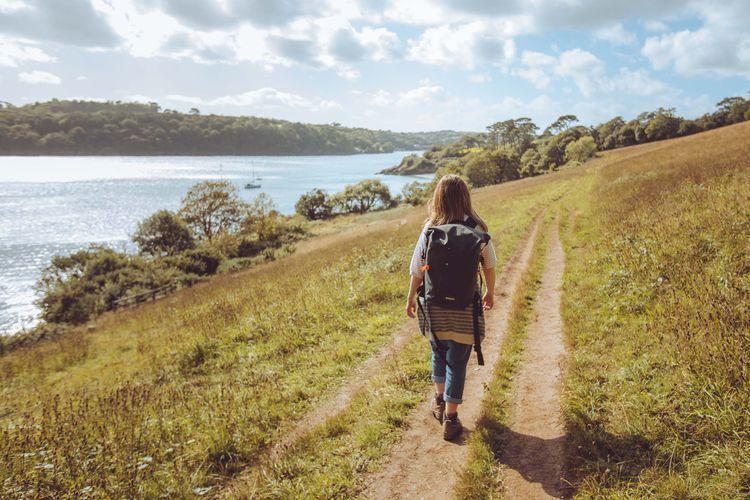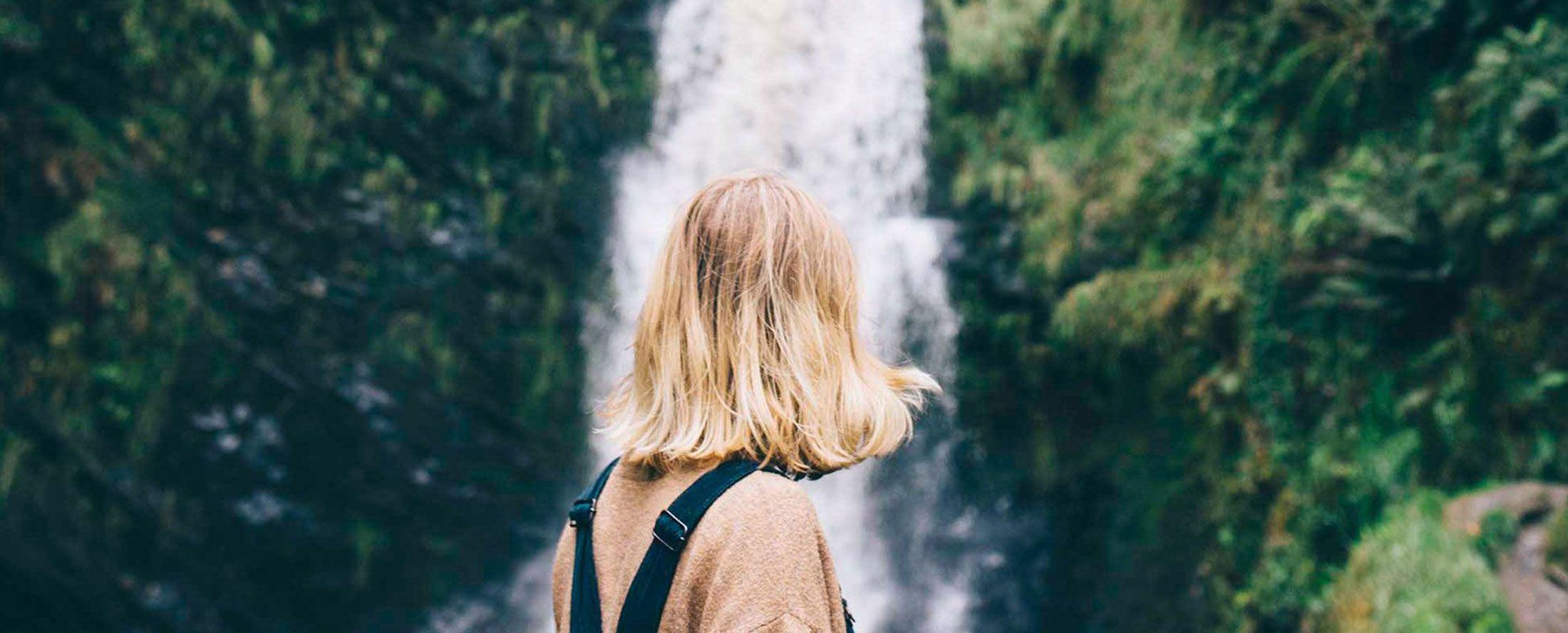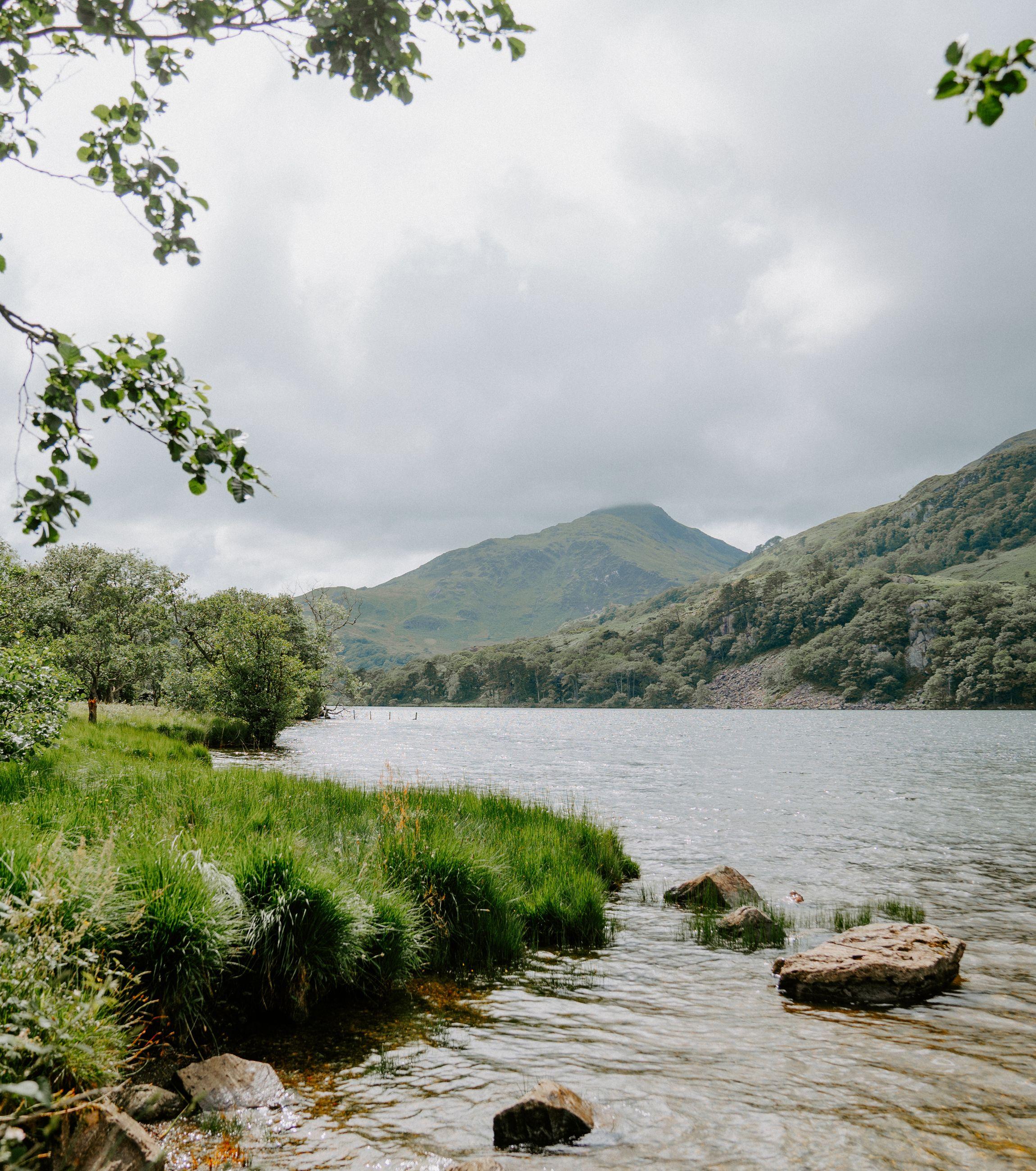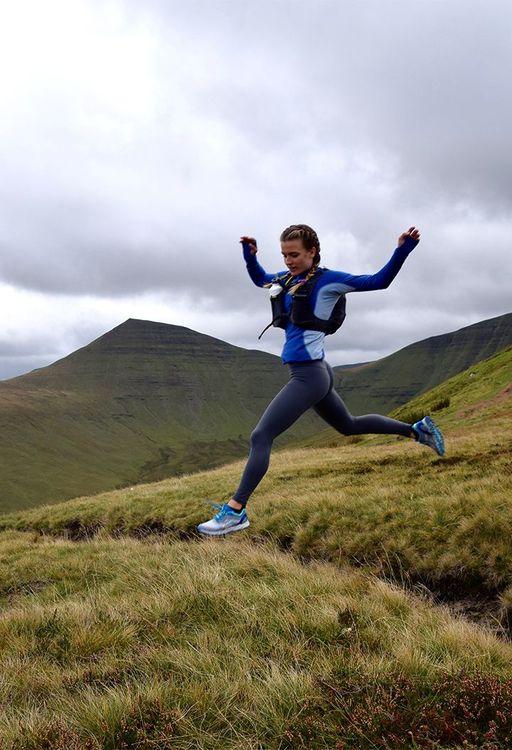
Flora Beverley on why you should start trail running this winter
Every winter, city streets witness a familiar scene. Rows of determined faces, pounding the pavement in pursuit of new year resolutions, often looking more miserable than motivated. Yet, amidst this sea of solemn joggers in the monotony of urban landscapes, there lies an untapped escape. And no, we’re not talking about the over-crowded gym. Have you considered trail running? We spoke to Flora Beverley (Food Fitness Flora) to find out how to get started and why it might be more accessible than you think – even when you live in the city.
Running in winter might sound like your idea of hell, but hear us out. As the colder months roll in, bringing shorter days and longer nights, our connection to the outdoors dwindles. But it doesn’t have to. Trail running offers a unique opportunity to engage with the natural world in a season when many retreat indoors.
It’s also an amazing way to explore the local area, carrying you further and faster than walking, but without the logistical complications or cost of a bike. You can travel to places you’d never see from the car, and really take in the local surroundings. Trail running is harder than road running, and the benefits far exceed ‘just’ going for a run. Here are just some of the reasons you should consider taking up trail running this winter.
Access incredible spaces
In the UK we’re very lucky to have access to some incredible trails, parks, forests and fells, and most people will only explore a fraction of these in their lifetime. Trail running is an amazing excuse to get lost in the wilderness and have a proper adventure, and faster than walking or hiking – meaning more exploring in less time.
Contrary to popular belief, you don’t need to venture far to find a trail. Many cities boast hidden gems of greenery and nature trails, often concealed within city parks, along riverbanks, or bordering urban outskirts. It's not just a respite from the hustle and bustle of city life, but a surprisingly wild experience for those willing to explore. Websites and apps like Komoot, OS Maps, or Strava, can reveal the closest trails to your location, making for an easy entry point for city folk seeking an outdoor adventure.
Of course, when you are out exploring, don’t forget a map and your phone, in case you get properly lost! Usually there’s an emergency pub stop not far away.
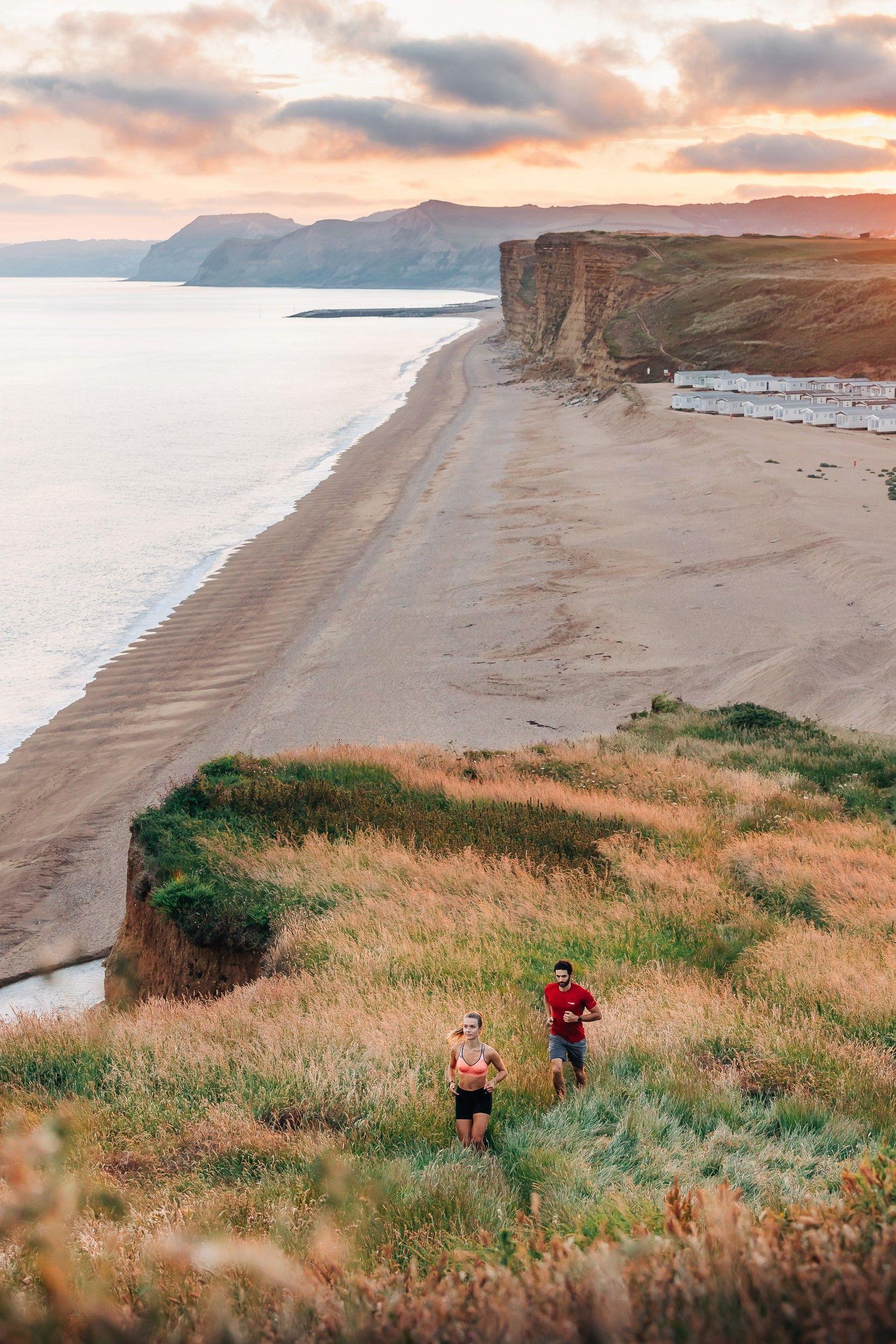
It’s good for your body
Running has a myriad of physical benefits, from lowering blood pressure, to improving circulation and increasing bone density, but with trail running, those benefits are even more apparent. The added strength-building effect of hills and tricky terrain help to build up stabilising muscles from your feet, to your core and beyond. The softer surface of trails also makes them ideal if you find pavement pounding painful, as each stride places less pressure on your joints and ligaments.
Far from requiring elite fitness levels, the trails welcome all who wish to tread their paths.
Beginners might start with a brisk walk, gradually incorporating running intervals as confidence and stamina build. Unlike road running, where the emphasis often lies on pace and distance, trail running values the journey itself. Stopping to take in a view, walking up a steep incline, or pausing for a photo are all part of the trail running experience, making it a flexible and enjoyable activity for people of all fitness backgrounds.
Gear up for that pub lunch
While no one needs to ‘earn’ a pub lunch or extra dessert, it’s undoubtable that food always tastes better when your body needs it! Trail running is just another excuse to head to a nearby pub or restaurant to taste the local offerings. Why not plan a route that ends at a pub you’d like to visit? There’s little more motivating than a hearty lunch at the end of a run!
It’s even better for your mind
The mental health benefits of green spaces are well understood, and trail running is one of the best ways of experiencing them. With doctors already giving out ‘Green Prescriptions’, you can grab yourself one for free by heading out into your local woodland! Trail running has specific benefits that you don't get with road running. Not only are you completely immersed in nature, but the concentration required for trail running forces your mind to stay in the moment, something vitally important for mental wellbeing. Some liken it to meditation, but with the extra benefits of fresh air, nature and sunshine (if you’re lucky).
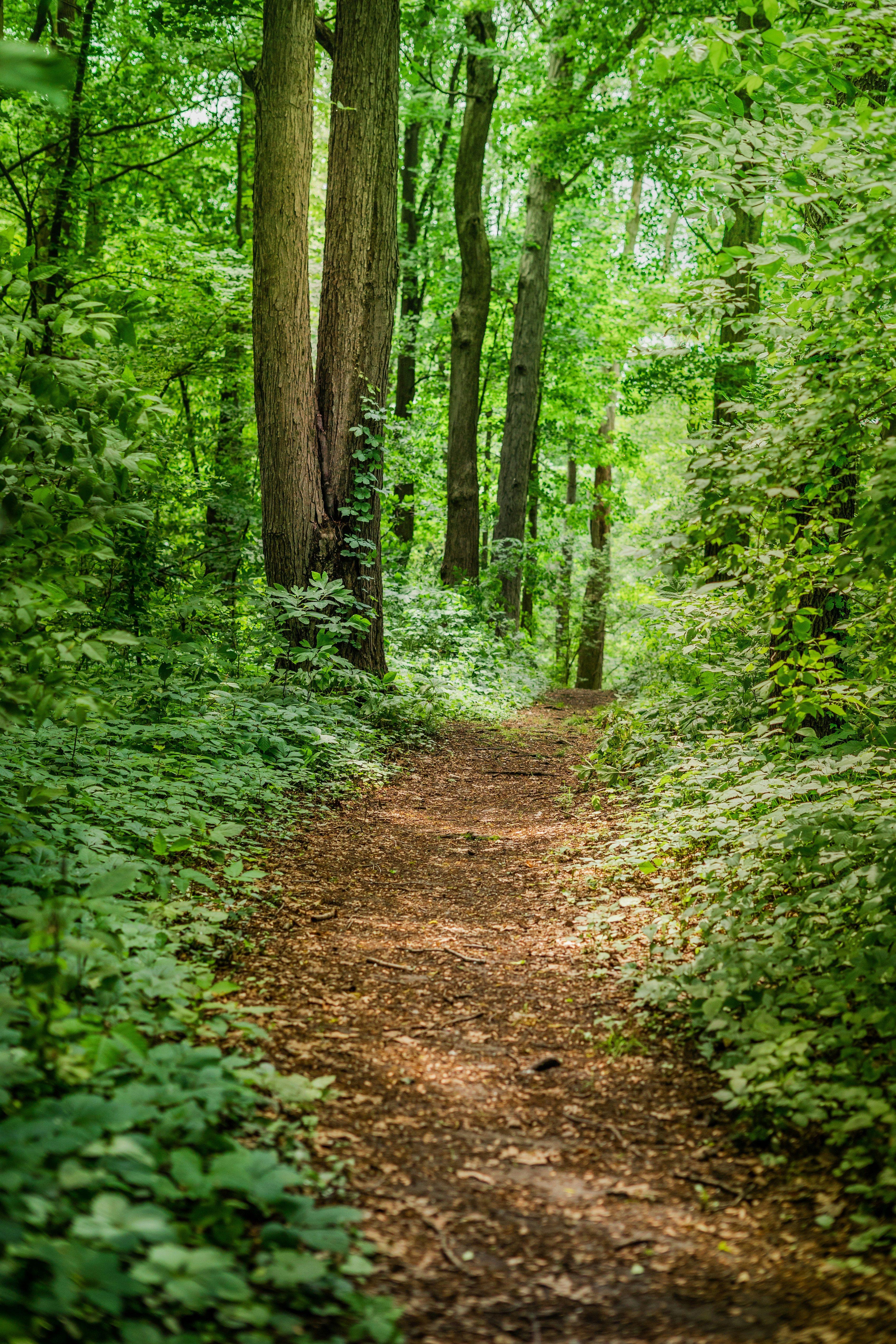
Top tips
Since trail running is often harder, and therefore slower than road running, make sure to prepare properly.
Consider taking out water and snacks for the journey – if only to be able to snack while taking in an amazing view!
If you’re running alone, tell someone where you’re going, and make sure to bring a map in case you get lost.
Consider bringing trail shoes, especially in winter. The extra grip they afford means you are much more likely to stay upright on the trails and be able to run more freely.
Layer up! Trail running in winter can be unpredictable, and the weather can turn quickly. Make sure you’re warm enough or bring another layer.
Carry a headtorch, if you’re running early in the morning, or later in the afternoon/evening, it can get harder to see, and be seen! Especially if you’re in woodland, where the light will be even poorer.
Get changed quickly post-run. Your core body temperature will drop almost immediately after the run, if you’ve worked up a sweat, those damp clothes can soon chill you to the bone!
Flora’s a food and fitness blogger ultramarathon runner, fitness model and sustainability advocate. Based in Bristol, Flora’s fitness regime isn’t just limited to running, it includes weight training, resistance training, HIIT, boxing – but trail running is her main focus. To find out more about her, head over to her Instagram, or her website!








